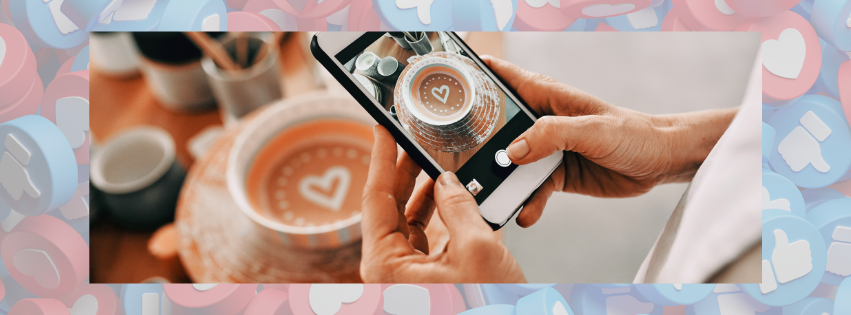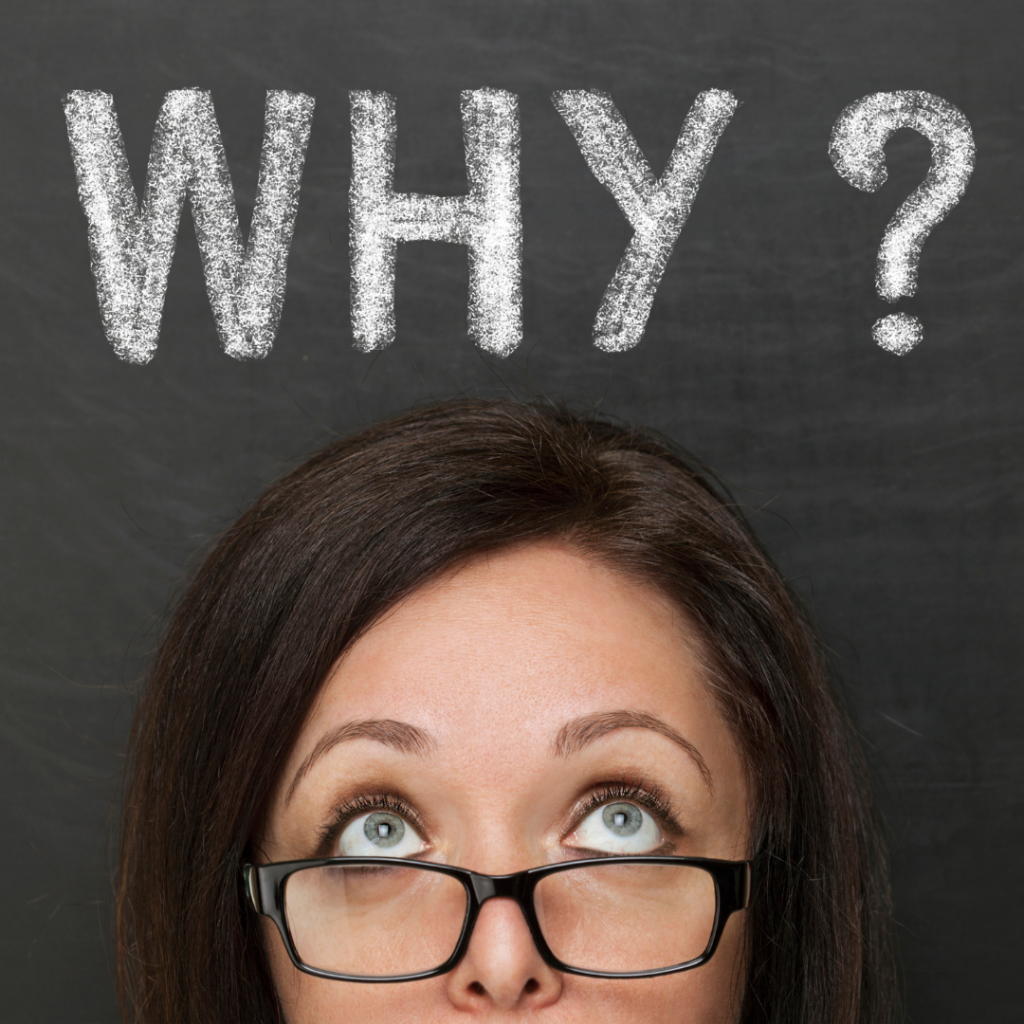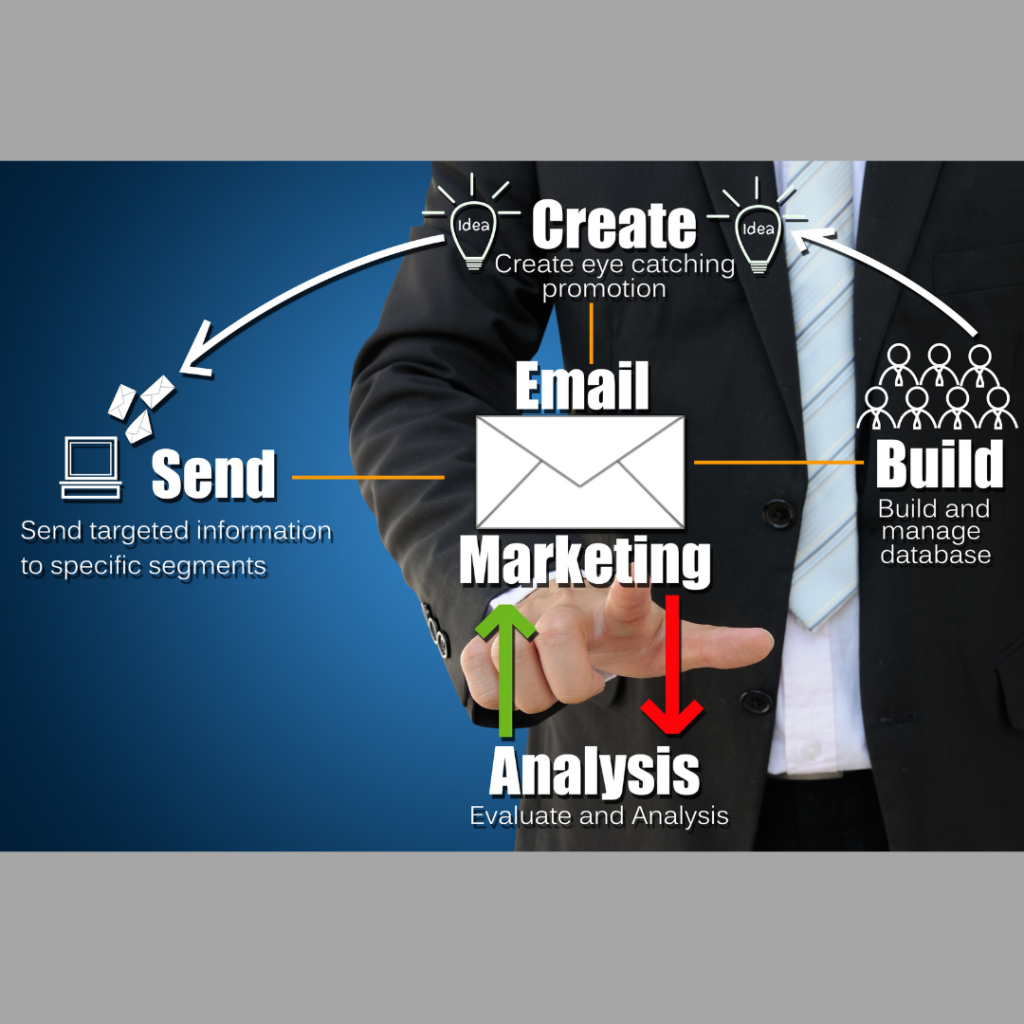Growing your email list is one of the best ways to grow your business. I know that most of us use social media, and that is one of the ways to promote your email list. In this blog, I’m going to talk specifically about growing your email list on Facebook.
Before you start
Before you begin to promote your email list, I would suggest that you create an engaging incentive. Most of us spend a large percentage of our time every day reading and answering our emails, so people don’t want to be sent an email, just for the sake of it. They want to be sent an email for a reason. One of the best reasons you can give is to have an exciting and engaging lead magnet that provides tons of value and therefore will encourage people to join your email list.
Incentives could be:
- A discount code
- An e-book
- A workbook
- A free course
- A quiz
Whatever you choose, it will help you get more subscribers than if you just asked them to sign up for your newsletter. Everyone loves a freebie, and if that freebie delivers value, then even better.
Once you have your lead magnet sorted you are ready to promote your email list. Facebook is a great place to do this, so here are a few ideas to help that promotion along.
Create a new Facebook page cover
This sounds obvious, but so many people don’t do this. If you have a lead magnet to promote, create a Facebook cover image to promote it. I use Canva, which is a fabulous site which gives free templates for this kind of thing and it’s super easy to use…best of all, the templates look very professional.
Once you have your new cover created and on your page, make sure you update the button on your page to link through to your lead magnet landing page. This just makes it easier for your visitors to navigate and they don’t have to go searching for the relevant link.
Create a post
You can also create posts in Canva, so spend a bit of time creating a promotional post or graphic to promote your lead magnet. In fact, it’s a good idea to make several, with different captions – make sure that the captions talk about the pain point or problem that your lead magnet will solve. For example, my lead magnet now is a free list of 102 Facebook post ideas, which gives people great ideas without them having to think about it. I know that some small businesses struggle with coming up with ideas of what to post, and as I help small businesses with their social media and marketing, it made sense to create this to help them out.
Once you start posting your promotional posts, you will soon see which caption works best and you could use it for future ad campaigns.
As well as a promotional post, you can also create posts that simply invites people to join your email list. Don’t forget to tell your visitors how your newsletter or emails will help them – what benefits you provide and the value they will get from it.
Use your About section
Your Facebook page has an About section, so ensure that you are using this to its best advantage. Once you have your lead magnet, you can include it in your About section, telling visitors what it is and how it helps them, with a CTA (call to action) to invite people to join your email list.
Join Facebook groups
You will know who your target market is and, if you have a business page, probably already belong to groups where they are members. If not, search for groups where they are likely to be and join. It can be tempting to join Facebook groups that are full of people who do similar things to you, and as these groups and networking in them, can take quite a bit of time, I wouldn’t advise being in too many of them!
The only way you’ll know if a group is right for you is to join and network. Join in tasks and fun competitions or silly posts. Engage in all the business posts and keep your eyes peeled for questions members might ask that you can answer and show that you are helpful and knowledgeable about your subject. Obviously, you give this information away for free! People are more likely to respect and build trust with you if they can see that you give value and are genuine … not just doing a sales pitch.
If you have a business page, you will also have a personal profile on Facebook. So, make sure that you have your work information on there, so people can click through and follow you, or have your website address link, so people can check out what you do…and have another opportunity to join your email list.
Run and ad campaign on Facebook
You can also run an ad campaign to grow your email list. The benefits of an ad campaign are that you can directly target your ideal customer, so you know you are reaching the right people.
There are two types of ad campaign…a conversions campaign or a leads campaign. If you choose a conversions campaign, you can measure how your ad is performing, and if you have the Facebook Pixel on your website, you can measure which of your ads ends up with people signing up to your email list.
A leads campaign will simply collect email addresses on a landing page on Facebook. You will most likely generate more volume with a leads campaign, but you’ll get a higher quality of lead with a conversion campaign. You won’t know what works best for you until you try both.
Promote your blog
If you have a blog, then Facebook is the ideal place to promote your blog articles. Make sure that your blog post has a call to action to sign up to your email list or newsletter.
- You can simply post a link to your blog in a Facebook post.
- You can put a link to your blog post in a Facebook group, if you’re answering a question about something you’ve written about.
- You can also create a promotional graphic, which includes your blog title on it and include a link in the caption.
If you produce evergreen blog content, re-share some of your older content every couple of months as you will pick up new followers from them too.
Run a contest
Running a contest on Facebook can really boost your engagement rate and can also help you with new followers. You give away a simple prize that is related to whatever you do. There are loads of different types of contests, such as:
- Like a post to win
- Comment on a post to win
- Like and comment to win
- Caption competition
- Fill in the blank competition
- Photo contest
The list is endless, so you can be creative here. The prize can be given by either doing a draw – you put all the names of the people who have liked, comments etc., into a draw to win. Then you do the draw ‘live’ on Facebook and can create some hype and a real buzz around it.
You could also give everyone a prize. For example, if you’re a service-based business, you could pull together a valuable checklist that helps do a particular thing. Everyone who enters, gets the PDF with a link to subscribe to your email list.
It’s up to you how you host your contest.
If you have a website…
If you have a website with a subscribe button, when someone signs up for your email list, redirect them to a thank you page with social media share buttons. Invite your new subscribers to share the valuable lead magnet they’ve received with their friends and family.
Finally…
Don’t forget…
…to track the traffic that comes from your Facebook page to your website or to your email list. Then you will know what works and what doesn’t. If you use Google Analytics, you’ll be able to see what traffic is coming from Facebook. This is so valuable as you can see what kind of posts are the most popular and what drives people to sign up to your email list.
Good luck and if you need help setting up a lead magnet and email sequences, get in touch and I can help.
And, if you would like to join my email list and have monthly marketing tips delivered to your inbox, click on the link below. You’ll receive 102 post ideas for social media, and gain access to a private members’ only section on my website, where you’ll find oodles of freebies to help you market your business.















